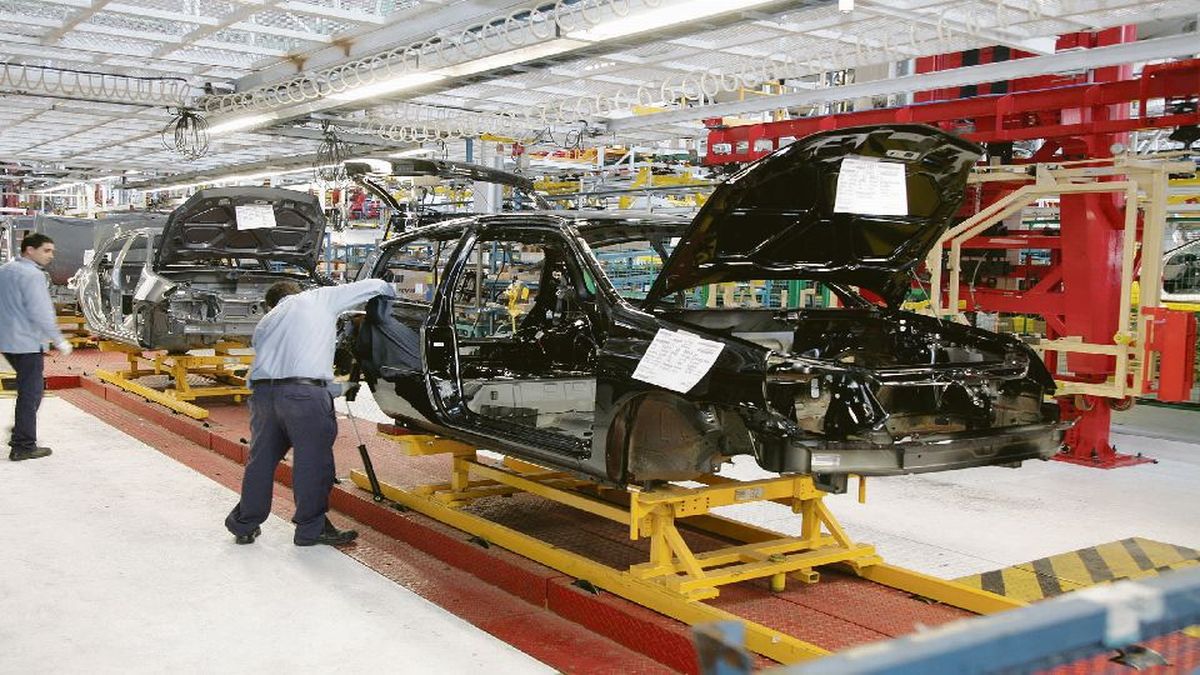However, the last Situation Report of the CIFRA Center of the CTAstated that while in In 2016, the mass of remunerations to employees represented 51.8% of the total Value Addedthat ratio dropped to 46.1% in the second half of 2019 “as a consequence of the real fall in wages that took place during the Cambiemos government”, while for the first half of last year, there was “again a process of loss of wage participation”, which by then decreased to an equivalent to 44.5% of Value Added.
The recent report of lookout He even put concrete figures at these levels of distribution. As he pointed out, currently the poorest 10 percent of the population keeps only 1.9% of the income, and has a median per capita income of $10,000while the 50% of the most disadvantaged population has an average income of 37,600 pesos and keeps 21% of the income. For his part, the richest 10% keeps 31.3% of the income, having an average income per person of $164,089.
According to another recent document, in this case produced days ago by the National University of Avellaneda – UNDAVthe downward trajectory in workers’ income began in December 2015, since until September 2022 the public had fallen about 19 points in the macrismo and 4 in the current government, the informal 23 points with Cambiemos and 14 with the Frente de Todoswhile the private ones were the only ones that did not fall in this government, but they lost 16 points with Macri.
As he points out to Scope Pablo Ferrari, a researcher at this house of studies, “the exit from Convertibility in 2002 was an instance of great regressiveness in income, due to abrupt devaluation and unemployment, which generated a salary that plummeted and very low income distribution.” After that, Ferrari maintains that “a slight recovery came with the government of eduardo duhalde, especially due to the decree increases, while in the process of the Kirchner governments there are two milestones such as the return to parity and the rise in the Minimum Wage, which generates a redistribution even within the working class”. To all this, the researcher points out, “was added the growth in activity, the drop in unemployment and an increase in registered work, which led to a rising redistribution, except for specific periods such as those of the international crisis of 2009”.
Said promotion ended in 2015, although not the growth of economic activity once the Cambiemos government and the pandemic have ended. The current model of high growth and increased work combined with low redistribution. also defined by CONICET researchers Martín Schorr and Francisco Cantamutto as “neodevelopmentalist”seems to be exhibited as well as the characteristic of the current government, pending the data of the last year of management, that will consolidate or modify this route.
Source: Ambito
David William is a talented author who has made a name for himself in the world of writing. He is a professional author who writes on a wide range of topics, from general interest to opinion news. David is currently working as a writer at 24 hours worlds where he brings his unique perspective and in-depth research to his articles, making them both informative and engaging.




